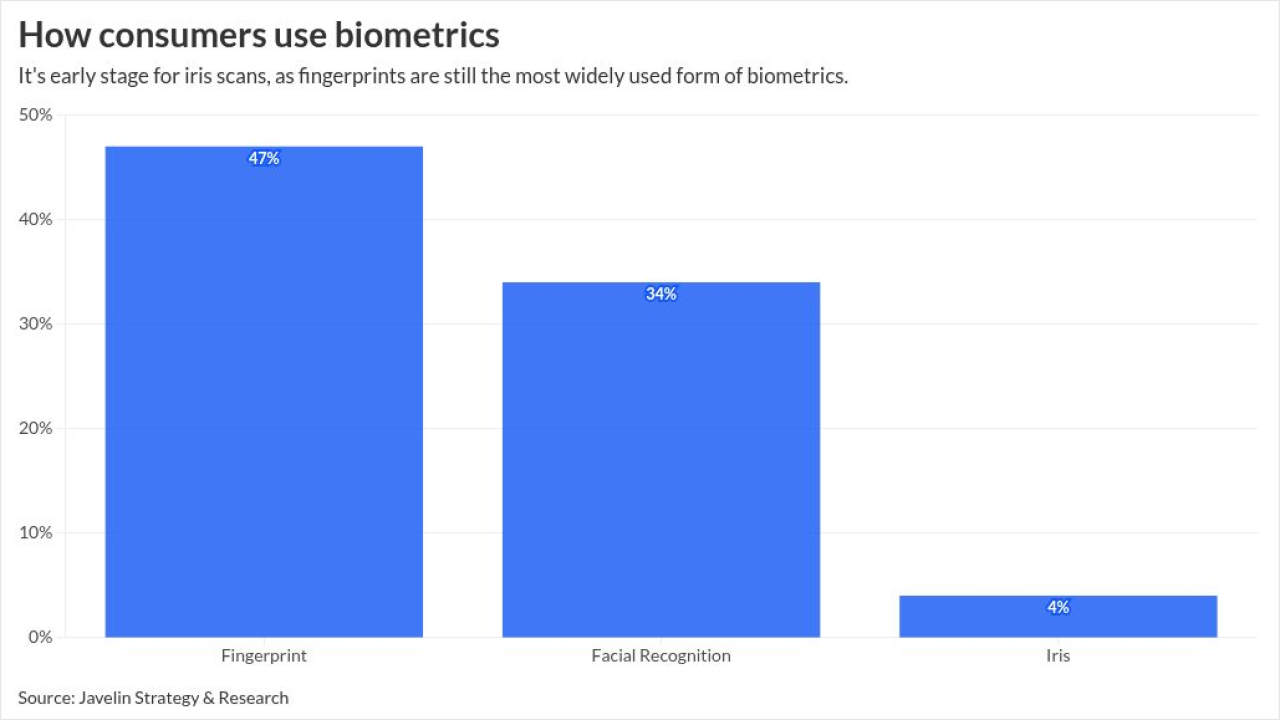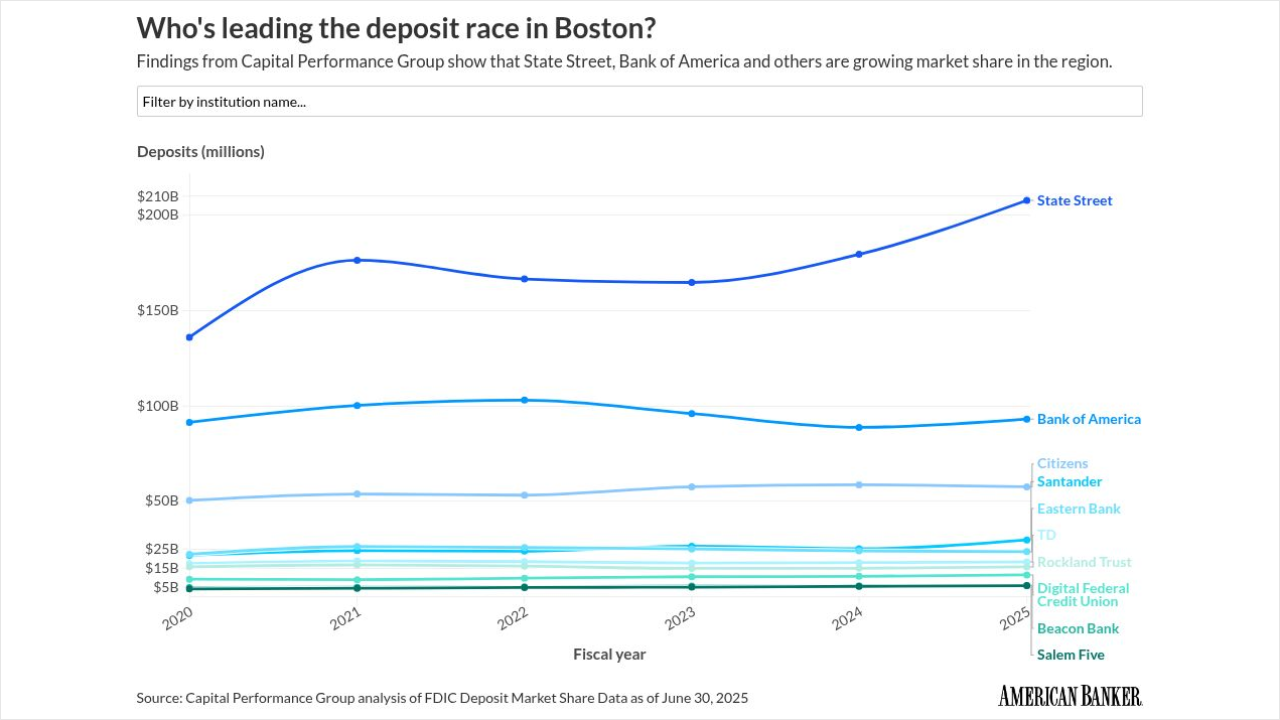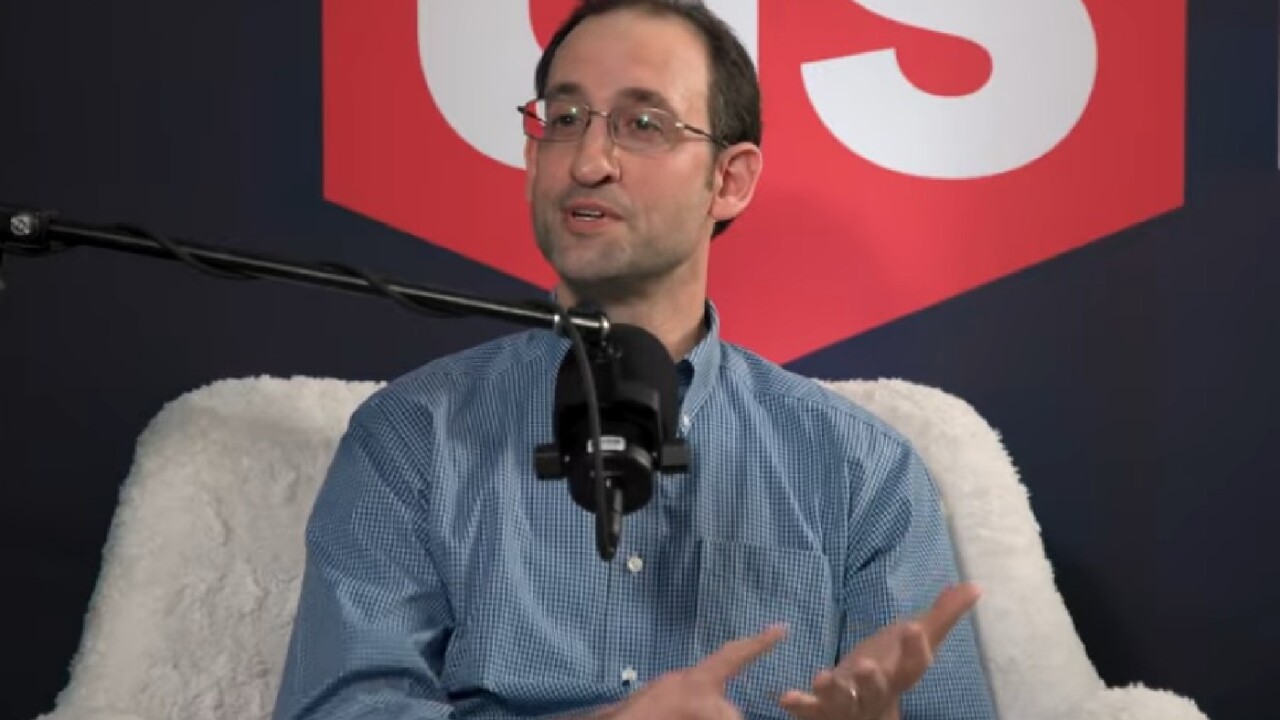Higher rates spelled the end of the refinancing boom, but they could create a new boom in home equity lending-a business banks have built up in recent years.
With the recent uptick in interest rates, mortgage refinancing activity in the week that ended July 2 was off 50% from a year earlier, according to the Mortgage Bankers Association. But MBA chief economist David Lereah suggested that the news may be as good for home equity lenders as it is bad for mortgage lenders.
"When refinancings go down, a lot of households have to turn to another source," he said. "Home equity is that other source."
The National Home Equity Mortgage Association projects that home equity loans outstanding will rise to $500 billion by 2000, from $268 billion at the end of 1997-the most recent time for which a total is available-and $34 billion at the beginning of the decade.
Growth in home equity loans ground to a virtual halt last year, as homeowners with cash needs opted to refinance, according to the American Bankers Association.
But now the tide has turned.
"People who would have refinanced may no longer have that potential because of the rising rates, but they still have cash needs for tuition, remodeling, debt consolidation, etc.," said John A. Imbriale, managing director of GMAC-Residential Funding Corp. in Blue Bell, Pa. "In 1993 and 1994, when the refinancings stopped, the home equity business did very well. We've already seen our home equity loans go up as our refis have gone down."
The MBA said that only 15% of U.S. homeowners have home equity loans, so the demand for the product still has a lot of potential.
But recent cycles have shown that diversified lenders have an advantage over specialists, who have nothing to fall back on when times are rough.
Last year falling loan volume and a liquidity crisis did serious damage in the home equity sector.
There is little chance that lenders such as Household and Associates First Capital would go under, but home equity executives say the events of last year proved that lenders such as Delta Financial, Aames Financial, and Contifinancial are more at risk.
"Lenders can move back and forth by stepping up production during a refi boom or cutting back and focusing on home equity when rates go up," said Deborah Rosen, president of Associates First Capital's subsidiary, Associates Home Equity Services in Dallas,. "Consolidation in the industry shows that size determines profit, scale, and liquidity. Players that understand the rate cycles and are in strong capital positions will fare well in the years ahead."
Christopher Oddleifson, president of First Union Home Equity Bank of Charlotte, N.C., agreed that when rates go up, the second-mortgage market tends to uptick along with it.
"When rates are low, most lenders look to refinance first mortgages and cash-out for things like home improvements or tuition money," Mr. Oddleifson said. "But when rates are high, consumers already have a more attractive rate on their first loan, and the smart deal is to take out a home equity loan."
Mr. Oddleifson added that the need for debt consolidation, the primary reason for taking a home equity loan, tends to be relatively consistent through all business cycles.
"If rates continue to increase, banks will do more second mortgages, and that's good for home equity lenders," Mr. Oddleifson said. "I'm feeling very bullish and confident on the home equity side of things."
Other analysts predicted that higher interest rates would slow prepayments on home equity loans and cause an increase in delinquencies and losses on home equity loans to people with poor credit.
However, some lenders are combating this problem by boosting volume, using "teaser rates" or lower interest rates for the first three to six months of the home equity loan.
Mr. Imbriale of GMAC-RFC said his company offers home equity loans at 5.99% for the first 90 days, or one point below prime for the first six months.





